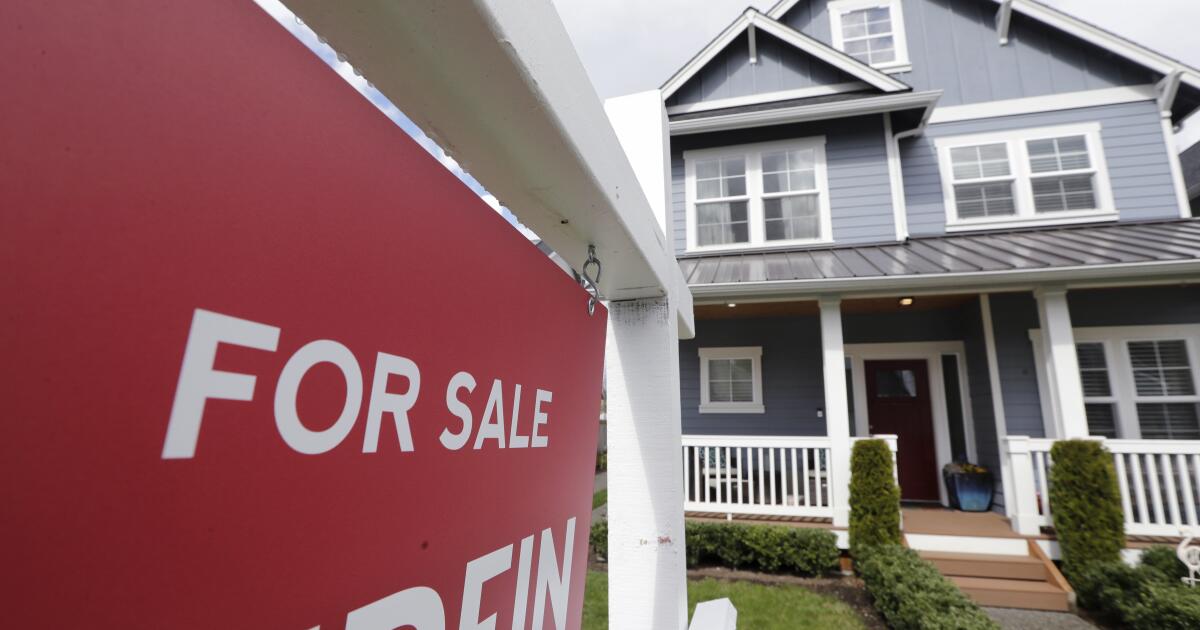Retirees like Paul and Terri Lange are the new hope for additional housing supply being created with the couple choosing to build rather than buy existing property when downsizing. Picture: Ian Currie
Australia’s largest residential builder Metricon says thousands of new homes are being built by a surprise housing supply ally so cashed up they shun banks and mortgages.
Often maligned by politicians and those trying to move in on the long-term family home, cashed up baby boomers have emerged as the surprise spike in new home building, selling up increasingly empty homes to building new ones without mortgages.
MORE: Four cuts: Aus bank’s huge move before RBA
May interest rate decision already made for Reserve Bank
Metricon’s Lumiere home design’s backyard designed for bigger families. Homes are being custom built to cater for downsizers who still want some of the bells and whistles without the maintenance.
Metricon head of marketing and sales Victoria, Drew Glascott, said the firm’s share of self-funded downsizers leaving the family home for customised new builds had doubled in the past five years, “from 5 per cent to 10 per cent of sales”.
“I don’t think there’s going to be be another generation for a very long time that will do as well financially as what the baby boomers have done from property,” he said. “So there’s no surprise that more of them are self funded and not relying on banks or external finance.”
The boomer building trend is being led by Queensland and Victoria where 36 per cent and 34 per cent of downsizers, respectively, were planning smaller builds, according to Metricon.
MORE: Shock: Brisbane prices to smash Sydney
Australia’s biggest political property moguls revealed
Metricon head of marketing and sales Victoria, Drew Glascott. Picture: LinkedIn
And there’s much more in the pipeline, given the firm’s Dream Home Survey found 65 per cent of those looking to downsize planned to self-fund their next home and build without relying on external financing.
It found downsizer activity was showing a strong rise despite construction challenges in recent years, especially across regional areas where baby boomers in a strong financial position could do well with new builds.
The majority (70 per cent) of downsizers surveyed lived regionally and 66 per cent intended to stay in those areas
Paul and Terri Lange sold their 100-year-old Melbourne house – complete with formal designer garden, pool and “high running costs” – after their children left home, and are now in the process of watching their next forever home being built in Kew.
Mrs Lange said “we had rooms we didn’t even go in the old home, so we were just vacuuming and dusting, and it was just the two of us in there.”
Retirees Paul and Terri Lange at their Kew home under construction. They are among a rising number of baby boomers avoiding banks and building their next homes with cash. Picture: Ian Currie
MORE: How NRL stars are banking an off-field fortune
‘Lost legend’ ex NRL star Anthony Milford’s surprise move
Mr Lange said ”while we could maintain it, it was clear to us that as we got older, we would be overwhelmed by it. It was taking a lot of our free time, plus our children had left home, so there was no point the two of us rattling around in this big house.”
The challenge was finding something to downsize into that suited their needs. “We wanted a home that was more suitable for retirees, close to shops and public transport, energy efficient and which we could just close up if we decided to travel without having to worry about it.”
“We have elderly parents, and it’s likely they will spend some time with us in the latter stages of their life so we wanted to make it wheelchair accessible, all that kind of stuff.”
They began by searching for a renovation project before deciding that would never achieve their low maintenance goal and it was better to build brand new with their new home including a lift for when they can no longer climb stairs comfortably in future.
The Langes with their site manager Anto Grancic at their Kew home under construction. Picture: Ian Currie
They did have a word of caution for those looking to do the same to sift carefully through costs and plan accordingly.
“We understood how much was going to cost us to build the house, but there are a whole stack of peripheral costs, hidden costs if you like, that you don’t appreciate until you start the journey,” he said.
“It’s three years of rent that we hadn’t budgeted for, a myriad of council permits you have to go through, asset protection for us was significant, traffic management in a built up zone is high as well.”
“We’ve been forced to get work zone permits. Council charges $45 per parking spot a day, and you need at least two spots, so it’s a $90 cost a day. Underground power nearly cost us just under $20,000. All of those peripheral costs we hadn’t actually budgeted before, and we probably hadn’t allowed for inflation over the three years as well. Building costs have increased quite significantly over that time.”
Mrs Lange said, “we don’t regret the decision we made to build a new home”.
“Just today, we were walking back and there was elderly couple being picked up by a taxi to go wherever, and their house is falling to bits from the outside, and I’m thinking we don’t want to get to that stage where you can’t even maintain it.”
“Where we purchased is a four minute walk to big supermarkets, we’re near probably what would be the best fruit shop in Kew, and we have both trams and buses, which we will hopefully use more when we’re no longer able to drive.”
Mr Lange said “we want to avoid going into an aged care facility for as long as we possibly can hopefully – like Terri’s parents who are in their 90s living at home – never.”



















 English (US) ·
English (US) ·